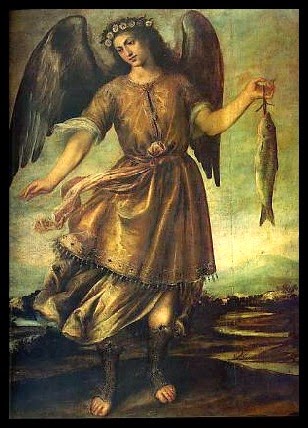"In 1808 the Congregational Church building was completed in Gospel Village. At that time Ezekial Wood, a deacon of the church, donated four acres of his farm for a church-yard burial ground. In 1854 the plot was expanded in size and appropriately named Elmwood Cemetery because of its stately trees. Again in 1920 there was a need for further expansion to the present size of approximately twenty-one acres.
Elmwood holds much historical interest. The early residents of Barre are interred here: The first doctor and his son, Robert and Lyman Paddock; the first settlers, John and Rebeckah Goldsbury; the first Congregational minister, Rev. Aaron Palmer; Robert Parker, the first quarrier and a Revolutionary soldier; Joshua Thwing, the owner of the first iron foundry and mill; and many more men and women who contributed to the development and growth of Barre and Central Vermont."
Source: homepages.sover.net/~cemetery/ElmwoodCemetery
These photos were taken last October (2014), I forgot that I had them until I began looking through some old files this evening. I hope that you enjoy this pictorial post!

.jpg)












































.jpg)

